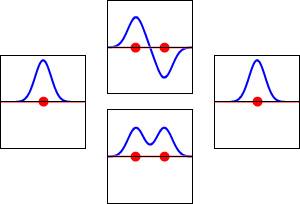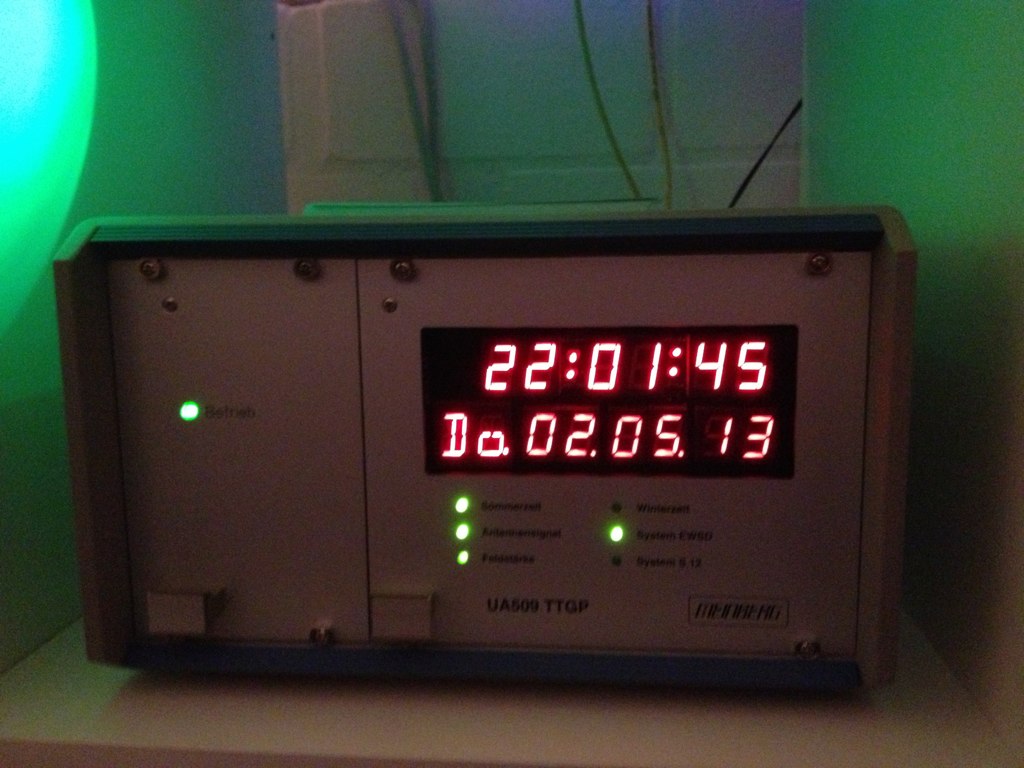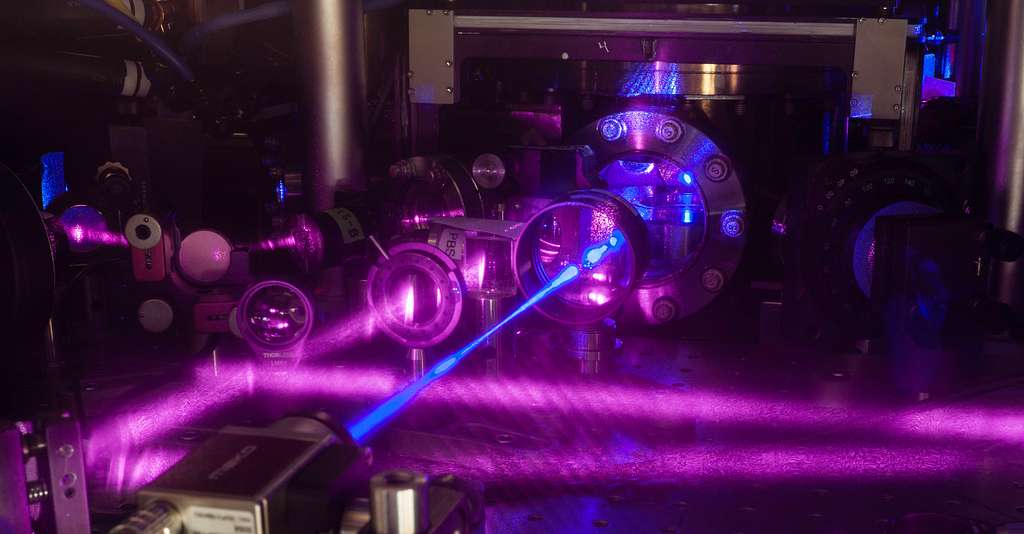Introduction
In the realm of timekeeping, precision and accuracy are paramount. Atomic clocks represent the pinnacle of time measurement, offering unrivaled accuracy that underpins modern technologies and scientific endeavors. In this article, we delve into the fascinating world of atomic clocks, exploring the intricate mechanisms that make them the gold standard in timekeeping.
1. Understanding Atomic Clocks
What is an Atomic Clock?
Before we jump into how atomic clocks work, we need to define what an Atomic Clock is. An atomic clock is a scientific instrument that employs the vibrations of atoms to measure time. The fundamental principle governing these clocks is based on the natural oscillations of atoms, which occur at remarkably stable and consistent frequencies. This makes them incredibly accurate, surpassing traditional clocks by several orders of magnitude.
Atomic clocks come in various types, such as cesium atomic clocks and rubidium atomic clocks. Cesium atomic clocks use cesium atoms’ natural vibrations, while rubidium atomic clocks employ rubidium vapor’s oscillations. Both types offer exceptional accuracy and are widely used in scientific laboratories and for global time synchronization.
The Role of Atomic Transitions
Central to an atomic clock’s functionality are the atomic transitions, which involve the electrons of an atom moving between energy levels. This phenomenon emits radiation at precise frequencies, and by measuring these frequencies, an atomic clock can accurately determine time.
Atomic Resonance
At the heart of every atomic clock lies a phenomenon called atomic resonance. This phenomenon occurs when an external signal, usually microwave or optical, is applied to the atoms within the clock. The signal’s frequency is tuned until it matches the atomic transition frequency, causing the atoms to resonate.
By counting the oscillations of atoms over a predetermined interval, atomic clocks can precisely measure time. These clocks can reach accuracies of one second in millions of years, an astonishing feat that has revolutionized scientific research, space exploration, and modern telecommunications.
2. The Inner Workings of Atomic Clocks
 Timekeeping with Atomic Oscillations
Timekeeping with Atomic Oscillations
Atomic clocks operate on the principle that atoms vibrate at extremely stable frequencies, making them highly accurate timekeepers. These oscillations are not affected by external factors like temperature or pressure, making atomic clocks superior to other timekeeping devices.
To achieve high precision, atomic clocks use advanced technologies that allow for the measurement of atomic oscillations with extraordinary accuracy. By counting these vibrations over a specific time period, atomic clocks can determine time down to the nanosecond.
Environmental Control
Maintaining an optimal environment is crucial for atomic clocks to function at their best. Factors such as temperature, pressure, and magnetic fields can influence atomic vibrations, potentially affecting the clock’s accuracy. Therefore, state-of-the-art facilities are employed to ensure stable conditions and to shield the clocks from external disturbances.
Applications of Atomic Clocks
Atomic clocks have far-reaching applications across various fields. Some of the key applications include:
 GPS and Satellite Communication
GPS and Satellite Communication
One of the most widely recognized applications of atomic clocks is in the Global Positioning System (GPS) and satellite communication. Accurate timekeeping is essential for GPS satellites to calculate precise positions on Earth, enabling navigation and location-based services.
Scientific Research and Discoveries
Atomic clocks have had a profound impact on scientific research. They are instrumental in verifying Einstein’s theory of relativity, studying gravitational waves, and enabling advanced experiments in quantum mechanics.
Telecommunications and Financial Systems
High-frequency trading, data centers, and telecommunications networks rely on atomic clocks to synchronize data and transactions accurately. These clocks facilitate seamless communication and maintain the integrity of global financial systems.
3. The Future of Timekeeping
Optical Lattice Clocks
As technology advances, the quest for even greater precision continues. Optical lattice clocks are the next frontier in timekeeping. These clocks use optical lattices to trap and cool atoms, allowing for higher oscillation frequencies and unprecedented accuracy.
Applications Beyond Earth
Atomic clocks are not only confined to Earth’s boundaries. In space exploration, they play a crucial role in deep space navigation and interplanetary communication, ensuring missions remain on track and data transmission remains reliable.
Conclusion to How Atomic Clocks work
In conclusion, atomic clocks are remarkable feats of engineering and scientific prowess. Their unparalleled accuracy and widespread applications have revolutionized timekeeping and underpin many essential aspects of modern society. As we venture into the future, the development of optical lattice clocks promises even greater precision and opens doors to new possibilities in the realms of science, technology, and beyond.









No Comment! Be the first one.